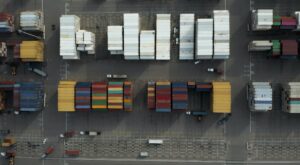By the end of 2018, the debt accumulated by United States farmsteads totaled over $385 billion. The U.S. agriculture industry has not been in such dire financial straits since the mass farm collapse in the 80s. Though, the difference between then and now is that the crisis back then was caused by low crop prices and high-interest land and equipment rentals. This time around, it’s due to commodity weakness, unpredictable storm damage, and of course, the loss of export to China due to the trade dispute.
In a statement to the House Agriculture Committee, U.S. Agriculture Secretary Sonny Perdue said that “farm debt has been rising more rapidly over the last five years, increasing by 30 percent since 2013 – up from $315 billion to $409 billion, according to USDA data, and up from $385 billion in just the last year – to levels seen in the 1980s.” He then clarified that “relatively firm land values have kept farmer debt-to-asset levels low by historical standards at 13.5 percent, and continued low interest rates have kept the cost of borrowing relatively affordable.” He did stress after that, however, that any seeming stability is masking higher-risk areas of the market.
USDA chief economist Robert Johansson has brought up concerns about farmland property values and their possible decline, which would be a sizable blow to the farm belt’s equity. Thankfully, this has not occurred so far. President Trump’s administration pledged a $12 billion aid package for farmers to help offset losses during the trade disputes, though only around $8 billion has been rendered so far, with no additional aid planned for 2019.








